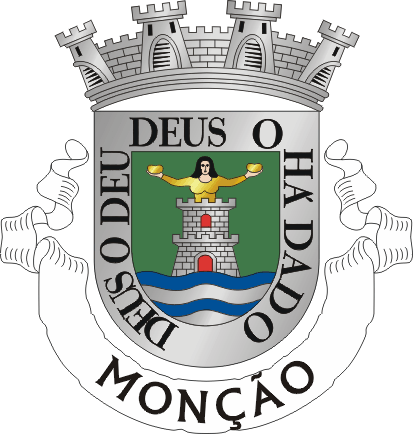When Bread Breaks Arms


War, ultimately, it a battle of attrition — the attacker tries to cause the defender so much pain and suffering that the other side simply can’t handle it any longer, ceding to the demands of their opponents rather than continue suffering the strife. On the other hand, if the defender can sustain the damages, the attacker may simply yield — the costs of waging war are significant, and not all victories are worth it. As a result, even though most wars involve both sides taking up arms, that’s not necessarily the best route to victory for those under fire. If you can outlast your attackers, you can win without ever donning a sword or firing a shot.
A lot of medieval warfare followed this framework. To defend your community from an attack, you’d build a castle, designed to keep bad guys out and your side safely within its walls. The attackers would lay siege to your fortress, attempting to breach its walls and take over by force. But breaking down the door or otherwise entering the castle by force wasn’t the attackers’ only route to victory. By forcing the defenders inside the castle walls, the attackers prevented those huddled inside from accessing any farmland or other resources in the surrounding areas. Lay siege for long enough and the people inside will either starve or capitulate — and the latter usually seems like a better option.
That was the strategy employed by the Crown of Castile during the Fernandine Wars, a series of skirmishes in the late 1300s between Castile (now part of Spain) and the Kingdom of Portugal. Today, the Portuguese town of Monção sits peacefully on the border of Portugal and Spain (here’s a map), with nearly 20,000 people living there. But go back about 700 years and the story was a little different. Monção was home to a Portuguese castle, one the Castilians desired for themselves.
The siege of Monção lasted months. According to legend — like most history of the time, it’s spotty — the people inside were low on food and many were arguing that surrender was their best option. But then, a woman named Deu-la-Deu came up with an idea. Instead of using the last bit of flour within the walls to bake bread for the hungry Portuguese inside, she suggested they give the bread to the attacking Castilians. As one Portuguese travel site summarizes, “she baked some bread rolls with the last of the flour and threw them over the castle wall to the attackers shouting defiantly, ‘If you need any more, just let us know.'”
More accurately, she likely shouted “Deus lo deu, Deus lo há dado!” which translates to “God gave it, God gave it!” — but the idea is the same: the people of Monção had a lot of flour, enough to not only feed themselves, but also some to spare (and, literally, throw away). As the Vintage News notes, “believing the town to be well provisioned for a long siege, and concerned about his own diminishing food stores, [King Henry II of Castile] decided to cut his losses and withdraw.”
Today, the coat of arms of Monção, seen above, memorializes the last-ditch trick perpetuated by Deu-la-Deu. The coat depicts a woman, standing up behind the walls of a castle, with her outstretched arms each holding a loaf of bread. The line “Deus lo deu, Deus lo há dado” wraps around the image.
Bonus fact: Tempura is generally considered to be a Japanese dish, but it’s most likely Portuguese in origin. There’s a Portuguese dish called “peixinhos da horta” which literally translates to “little fishes from the garden.” The dish, which predates tempura, is green beans (and some other vegetables) coated in flour and deep-fried — basically, vegetable tempura. (Here’s a picture.) In the 1500s, sailors from Portugal introduced it to the Japanese, who in turn adopted it as their own.
From the Archives: The Ideal Palace: Another story about a castle.
